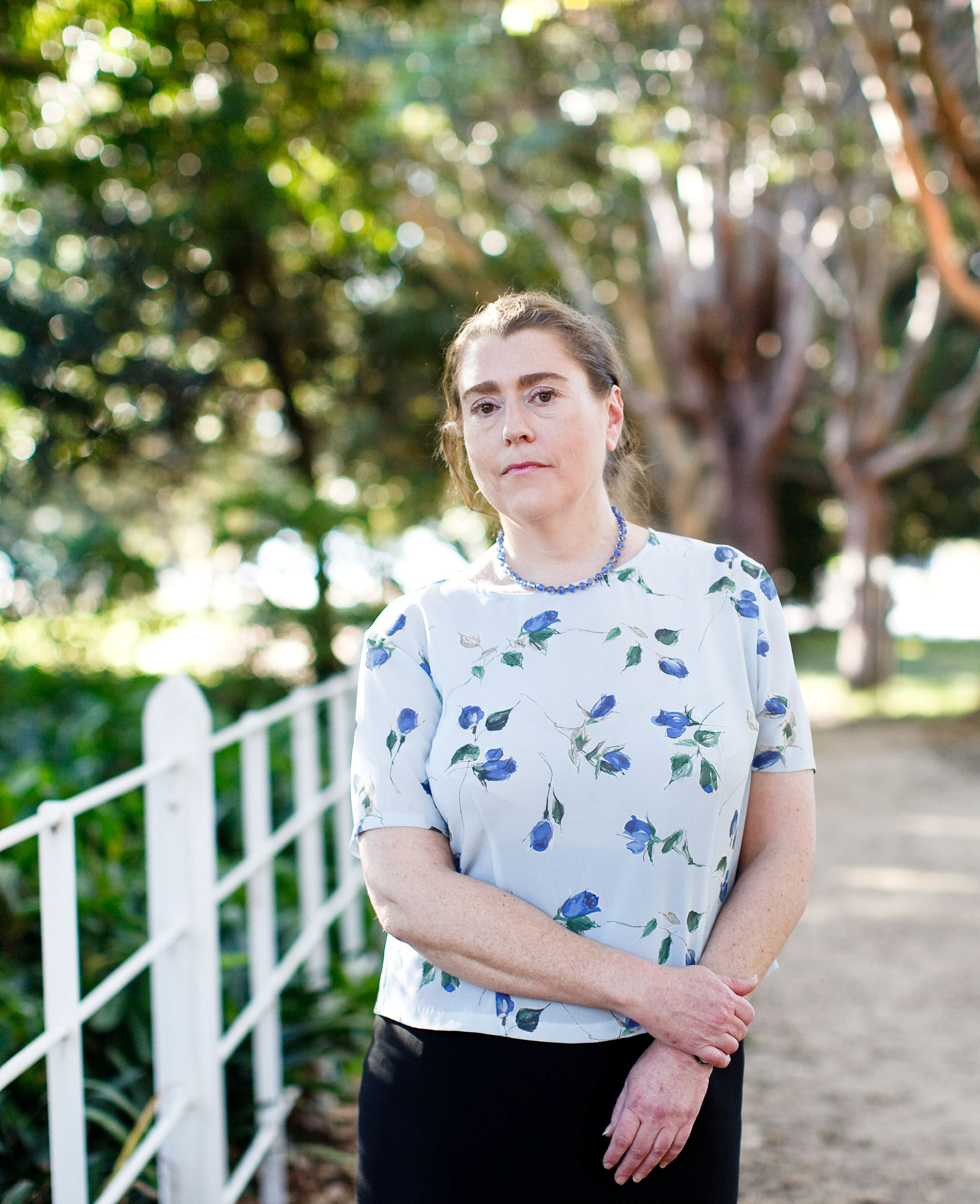When masks were compulsory
In a year when COVID-19 devastates the world, it’s timely to reflect on an earlier pandemic that affected every aspect of life, including at our properties.
The global influenza pandemic of 1918–19 killed at least 50 million people (some estimates put it as high as 100 million). It became known as the ‘Spanish’ influenza, not because that was where it originated, but because wartime censorship prevented its being widely reported outside neutral Spain.
Australia’s isolation in the days before air travel would only hold the illness at bay for so long. The first infected ships arrived in October 1918, but strict maritime quarantine bought Australia valuable time to prepare. The Department of Public Health, next door to the Water Police Court (now the Justice & Police Museum), played a central role in NSW, including manufacturing a preventive vaccine from specimens obtained from infected patients at the North Head Quarantine Station. On 27 November 1918, three public depots for free inoculation opened – at the Water Police Court, Hyde Park Recruiting Depot and Newtown Town Hall.
Inoculation and inhalation
Inoculation proved so popular that depots were established in suburbs and country towns and the state vaccine had to be supplemented with supplies from the Commonwealth Serum Laboratories in Melbourne. Although it might not prevent infection, the vaccine appeared to reduce the severity of the disease and the risk of death. There was also a widespread belief that the vaccine could treat other ailments such as rheumatoid arthritis. By the end of 1918, more than 83,000 people had been vaccinated.
Inhalatoria, or inhalation chambers, were set up in public places and business premises, with portable ones used in private dwellings, and tramcars and railway carriages fitted up as mobile chambers. Steam generated by a boiler atomised a spray of zinc sulphate to be inhaled, which supposedly killed the flu ‘germ’. Although these chambers were a precaution rather than a cure, and their effectiveness was questionable, inhalation was thought to have a psychological value. An inhalatorium was installed in the Water Police complex in November but didn’t open to the public until February 1919.
The barrier breaks
The quarantine barrier was finally breached. The first cases were reported in Sydney, and on 27 January 1919 NSW was declared ‘infected’ and proclaimed a quarantine area. The following day, the state issued the first of many proclamations, closing libraries, schools, churches, theatres, picture shows and other entertainment venues in the Metropolitan Police District. Two days later, the wearing of masks in public was made compulsory and restrictions were placed on public assembly. Pubs and racecourses were closed and public gatherings banned. Restrictions initially placed on metropolitan Sydney were widened. Infected patients and their contacts were isolated. State borders were closed, and quarantine camps established. To stop the disease spreading, conditions were imposed on travel outside Sydney.
There was another rush for inoculation. On 28 January, more than 4900 people were inoculated at the Water Police depot. In the adjoining tram terminus a receiving station was established for the Health Department to transport patients in ambulance tramcars to the Coast Hospital for Infectious Diseases at Little Bay in Sydney’s east. The pandemic came in progressively more lethal waves. Regulations were relaxed as the pandemic waned, only to be brought in again or tightened. Many of the measures are familiar to us today; also as now, there was some resistance, and opinions varied as to their effectiveness. Public hygiene measures, including covering coughs, washing hands, not spitting, and what we now call ‘social distancing’, were promoted. Newspapers were full of both helpful and more dubious advice, alongside advertisements for quack remedies and a vast array of products with often only a tenuous link to fighting the disease.
Enforcing the regulations
The police force was kept busy controlling crowds at inoculation depots and enforcing the ever-expanding range of regulations. The Water Police were also responsible for helping to maintain quarantine in the harbour. There was much excitement in February 1919 when returning troops on the Argyllshire objected to being confined so close to home and family after their long absence at the Front. Around 50 soldiers commandeered three boats and made a break for freedom, with the Water Police in pursuit. Most were soon recaptured, with a few strays rounded up by police in following days, and one escapee thoughtfully handed himself in to the Phillip Street Police Station.
The various regulations also increased court workloads. When masks became compulsory, a steady parade of offenders came before the magistrates offering a range of excuses (one man claimed his mask was invisible), to no avail. Even Eileen Leigh, daughter of notorious sly-grog queen and crime boss Kate Leigh, couldn’t escape being fined £1 (or seven days’ imprisonment) for being on a tram without a mask.
Meanwhile, at the Hyde Park Barracks courtrooms the Chief Industrial Magistrate dealt with cases of those who had lost wages due to business closures, and the Industrial Arbitration Court heard from employers seeking to vary pay awards. Even the rather dry-sounding Necessary Commodities Control Commission, created during the war to prevent profiteering, played its role, asked by the state government to fix the price of medical gauze needed to make masks.
Hoods, dogs’ muzzles and pigs’ snouts
Masks could be bought from stores and street vendors, or homemade, often ingeniously customised for individual tastes. They were made in their thousands by members of the Red Cross – ‘the wire contraptions’ worn by public servants, ‘elaborate “hood masks”’ used by medical staff, the ‘“handkerchief mask,” “pouch mask,” “yaskmak,” [sic] etc’, or, as christened by the ladies at Red Cross headquarters, ‘the “dog’s muzzle,” “nose bag,” “toothache bandage,” and “pig’s snout”’.1
‘Half a dozen died in the street where we were’
The flu pandemic was often referred to in the press as ‘the plague’ and confused in popular memory with the bubonic plague outbreak nearly 20 years earlier – another time of fear, regulation and alarmist media coverage. This was true in The Rocks, where the plague and its aftermath had made such an impact.
Many years later, Fred Hughes, who in 1919 was a young lad living with his family in Susannah Place, at 58 Grosvenor Street, talked about it as ‘the big flu plague – bubonic flu’. Fred and his sister Bertha remembered the deaths – ‘Half a dozen died in the street where we were’ – and the masks, which Fred obtained from the Health Department building. These didn’t protect the family. Eldest son Charlie, baby Iris, and their mother, Lena, were all taken to hospital – ‘they were close to death’s door’ – but recovered. Fred developed a milder case and remained at home. Meals were supplied by a clinic in nearby Little Essex Street, although not always enthusiastically received. Fred wasn’t ‘rapt’ with his first experience of eating brains! Only Bertha and her father, Thomas, remained unscathed, with her dad later joking that ‘You and I were next door when the flu came, weren’t we, love’.2
Arthur Sherwood, who worked at Rouse Hill Estate as a farm labourer, was less fortunate. On 6 July 1919 he died of the ‘influenza scourge’, leaving behind a widow and three young children. Like so many victims, he was a ‘man of apparently strong constitution and in the prime of life’. In ‘a kindly Christian act’, Edwin Stephen and Bessie Rouse allowed Arthur’s widow, Clara, to remain living in their cottage at Rouse Hill rent free.3
Local action
As demands on Health Department staff increased, other government departments stepped into the breach. The Government Statistician, located in the Young Street terraces built on the site of the first Government House, took over recording the toll of illness and death. The Department of Education across the road became the headquarters of the Metropolitan Citizens’ Influenza Administrative Committee, which coordinated responses and applications for food and financial relief, distributed ‘SOS’ cards (to signal help was needed), and organised emergency hospitals. A fleet of cars and motorcycles with sidecars provided transport for nurses, doctors and urgent supplies.
Around 100 relief depots were established in the city and suburbs under the committee’s control, coordinating local efforts and arranging home visits, the distribution of food, clothing, bedding and medicine, and care for unprotected children. The depots were largely staffed by volunteers, including many VADs (Voluntary Aids), Red Cross members and medical students, plus schoolteachers, freed from their usual duties by the closure of schools. Among their number were two of the Swann sisters from Elizabeth Farm. Margaret Swann, headmistress at Parramatta Infants’ School, went out to nurse stricken families and acted as head of the relief depot at the Town Hall until illness struck her own home, when her mother and two of her sisters became sick. Elizabeth (Lil) Swann, deputy headmistress at West Maitland Infants’ School and a member of the Maitland Influenza Administrative Committee, was one of two women given responsibility for the care of children whose parents were afflicted.
The disease spreads
The disease gradually spread to country districts. It reached Nowra in the last week of June. A temporary hospital was set up in the public school, organised by the local branch of the Red Cross, who also provided food from their relief depot at the Methodist parsonage. The nursing staff included Helen Macgregor – daughter of Roderick Macgregor and his wife, Mary Susan (nee Thorburn), from Kintore, the Macgregor family home next to Meroogal – who had trained at the Coast Hospital. In the five weeks that the temporary hospital operated, 37 patients were cared for, two of whom died. By mid-August 1919, Nowra was free of influenza, and the school had reopened. By the end of the following month, the pandemic was over.
As the pandemic subsided, life began to return to normal. The country started to count the cost, both human and financial, and consider the lessons learned for the future. Some 12,500 Australians had died, more than half of them in NSW. It’s estimated some 290,000 people in the Sydney metropolitan area alone caught the disease.
Footnotes
1. The New South Wales Red Cross Record, vol 5, no 3, March 1919, p34.
2. Bertha Grayson, Fred Hughes and Cleo Baker, interviewed by Ann Toy, 7 March 1994, Susannah Place oral histories, Sydney Living Museums.
3. The Cumberland Argus and Fruitgrowers’ Advocate, 23 July 1919, p2; 16 July 1919, p3.
Related

Pneumonic influenza (Spanish Flu), 1919
The pandemic threw the people and Government of the State into a community effort rivalled only by that of the recent war
Published on
More stories
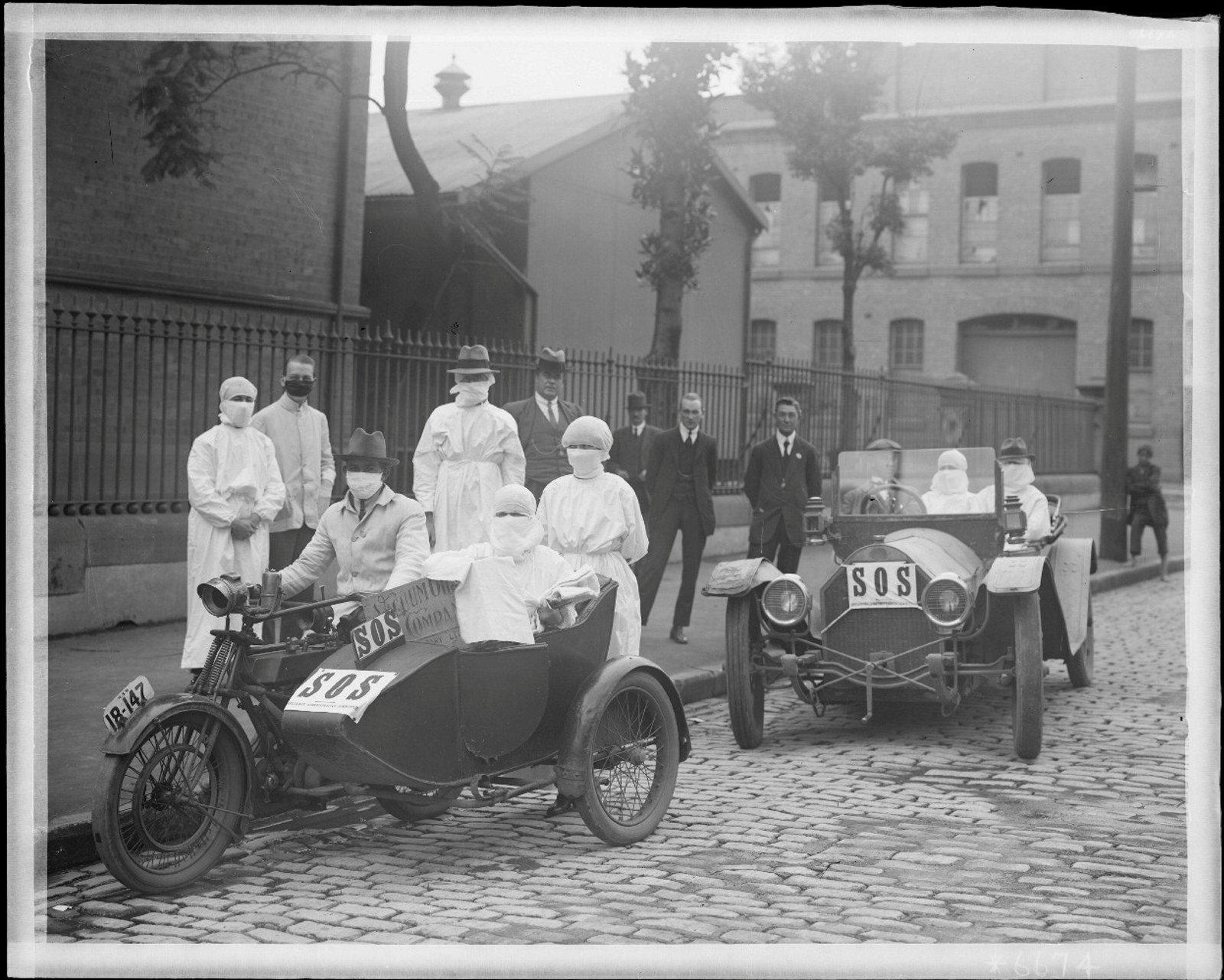
On This Day
27 Jan 1919 - Influenza pandemic reached NSW
On 27 January 1919, the NSW Government announced the first confirmed case of pneumonic influenza, the 'Spanish Flu', in NSW
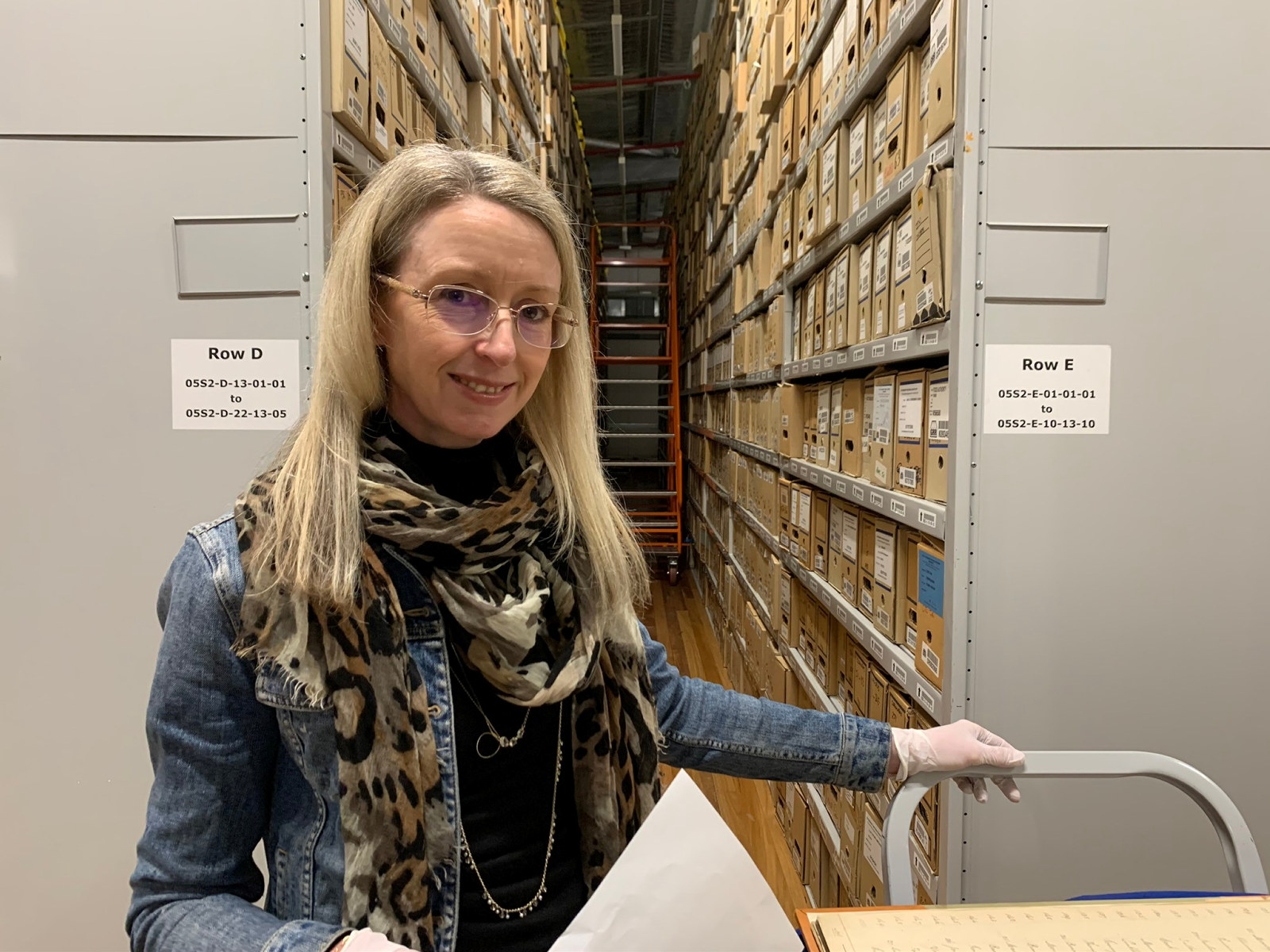
Archives behind the scenes - bubonic plague
Did you know there was an outbreak of plague, in Sydney, at The Rocks, in 1900?
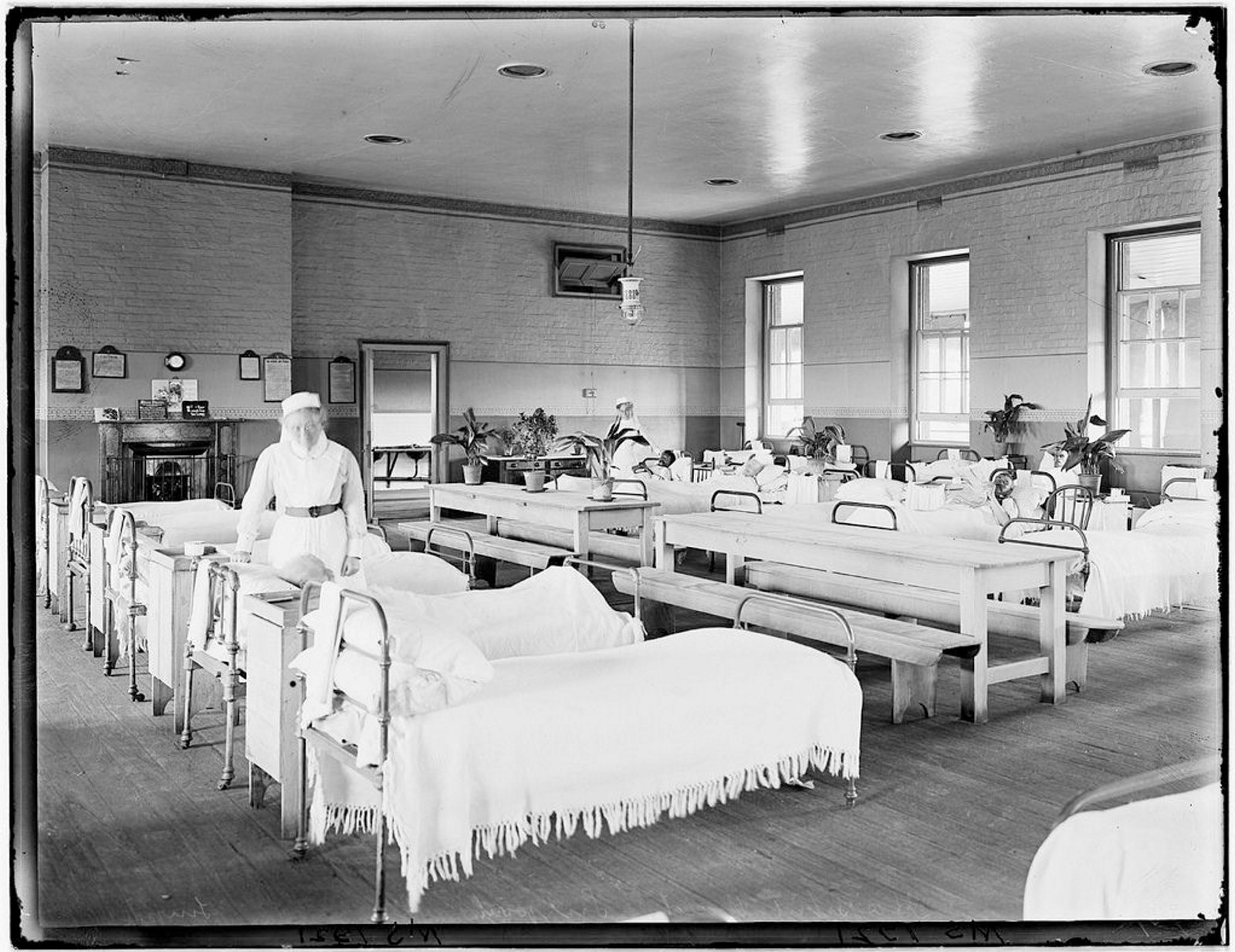
Archives behind the scenes – mental hospital records
In this episode Emily shows us a medical case book from Gladesville hospital
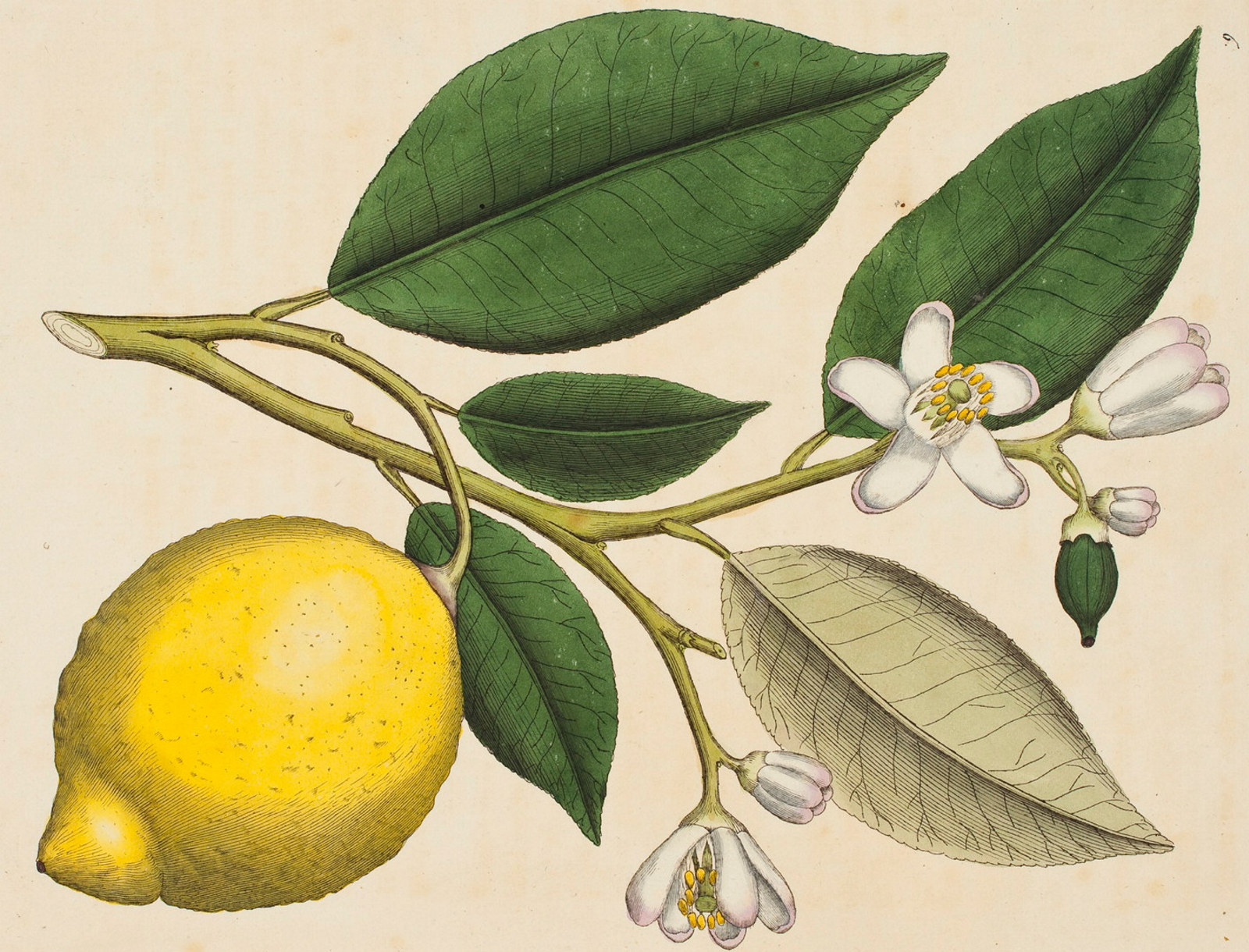
Convicts and scorbutus at the General ‘Rum’ Hospital
Convicts who were lucky enough to survive the transportation voyage, often arrived at Sydney Cove suffering infectious disease or other illness, and were admitted directly to the colony’s General 'Rum' Hospital
